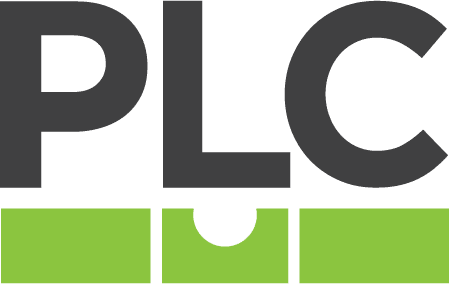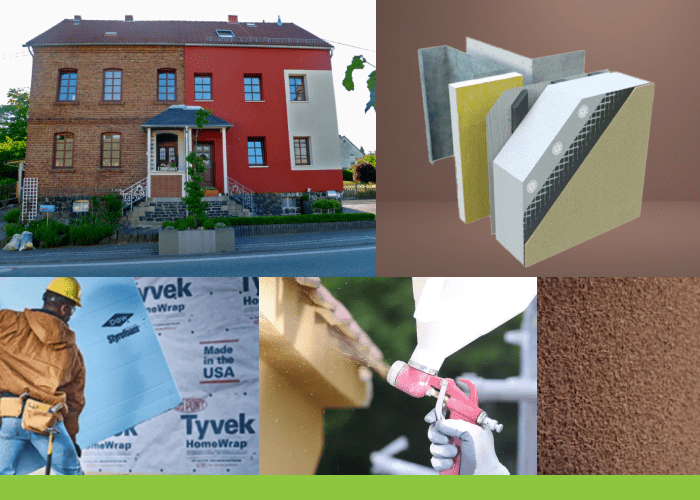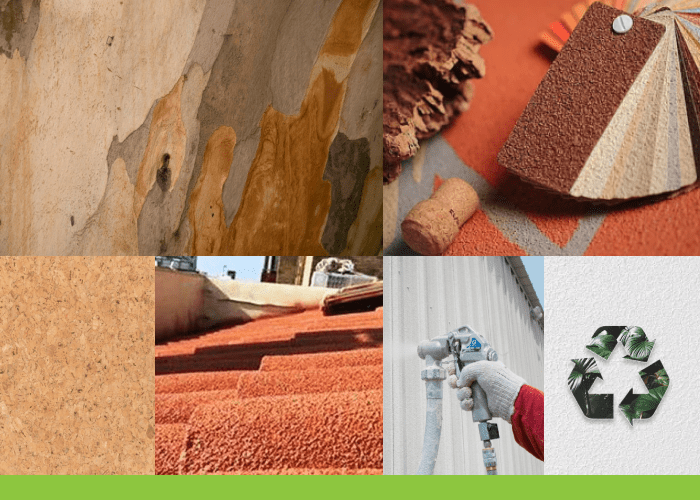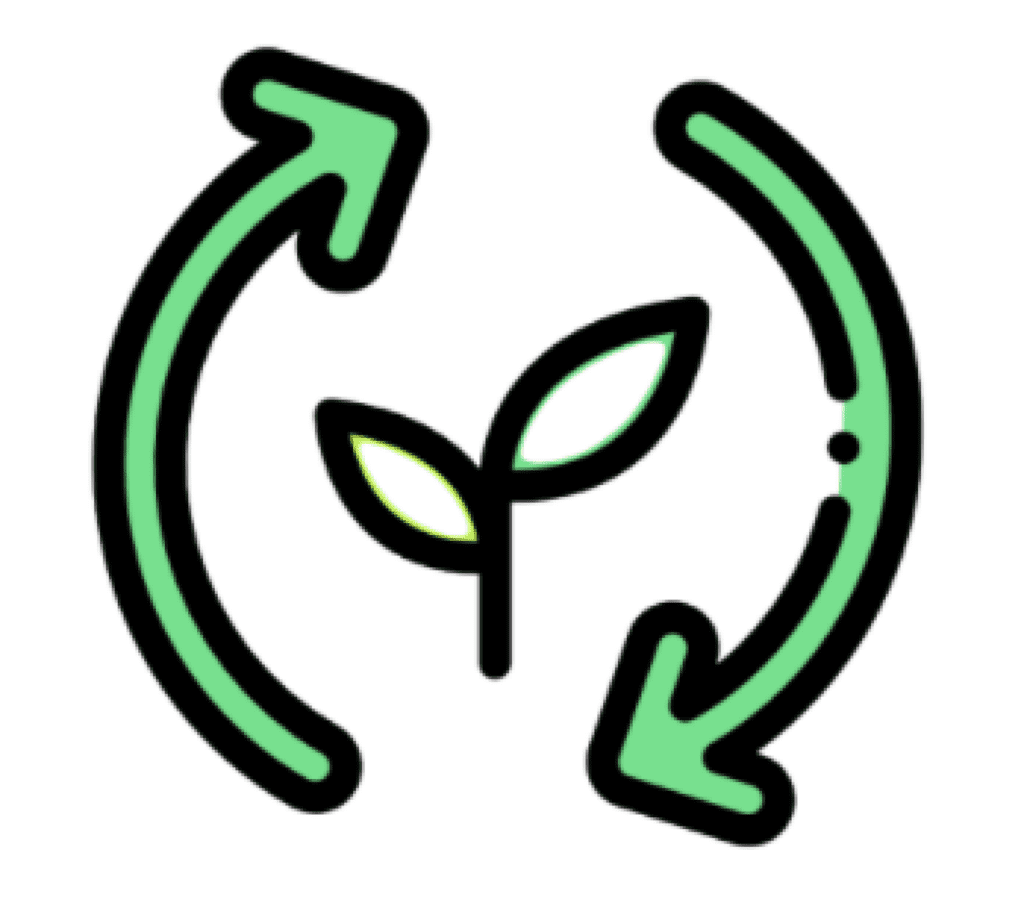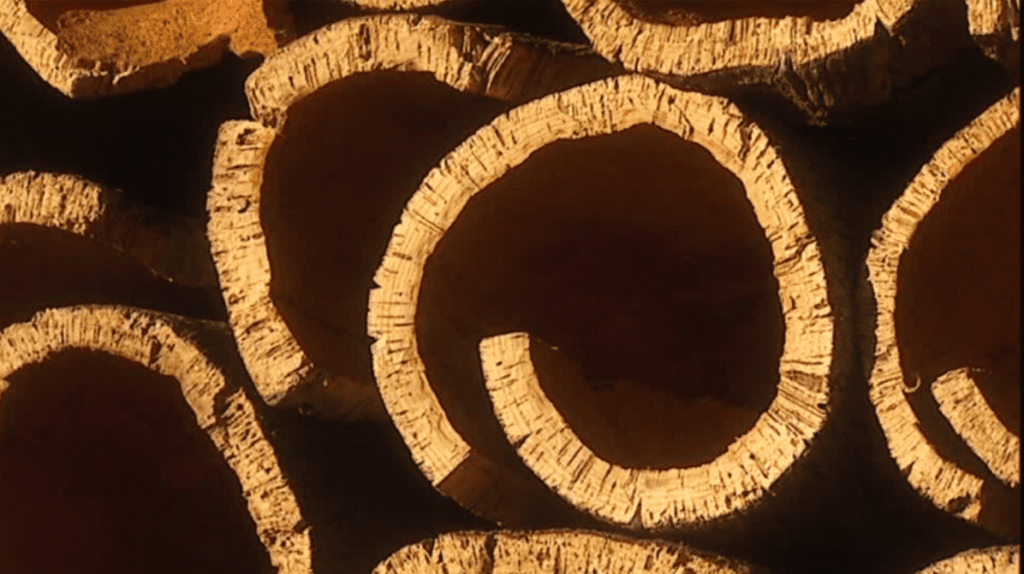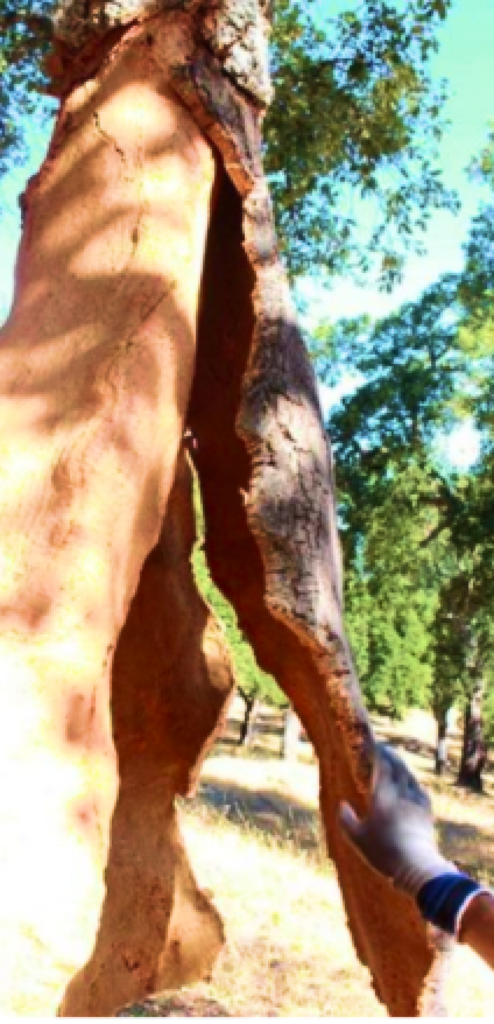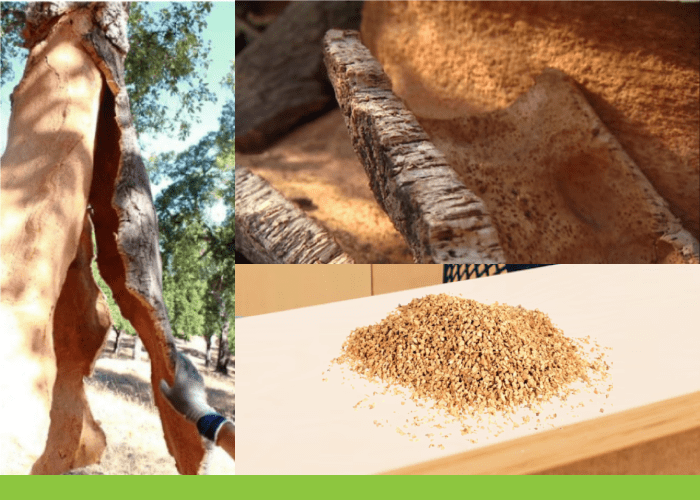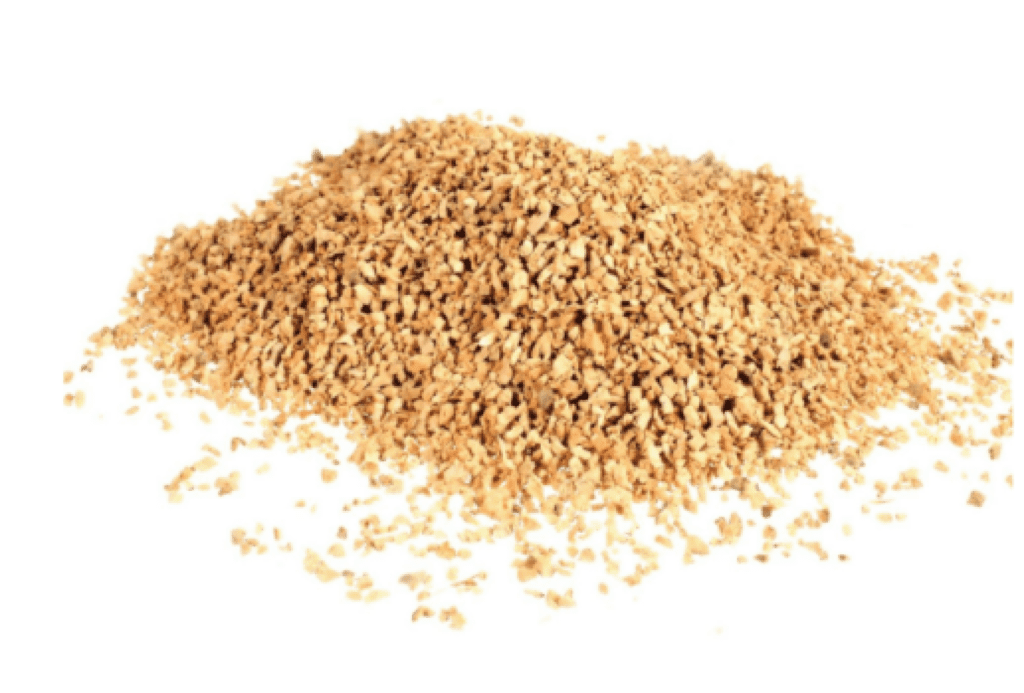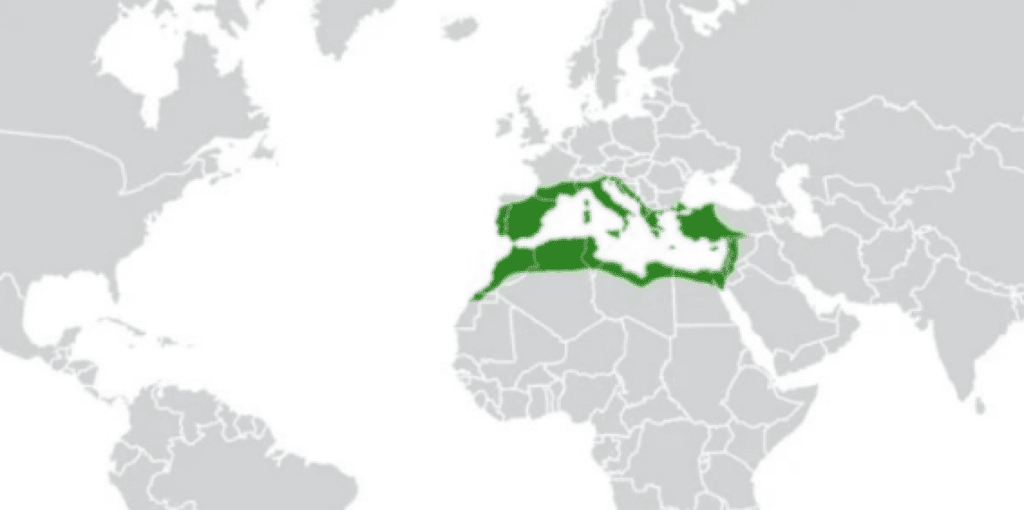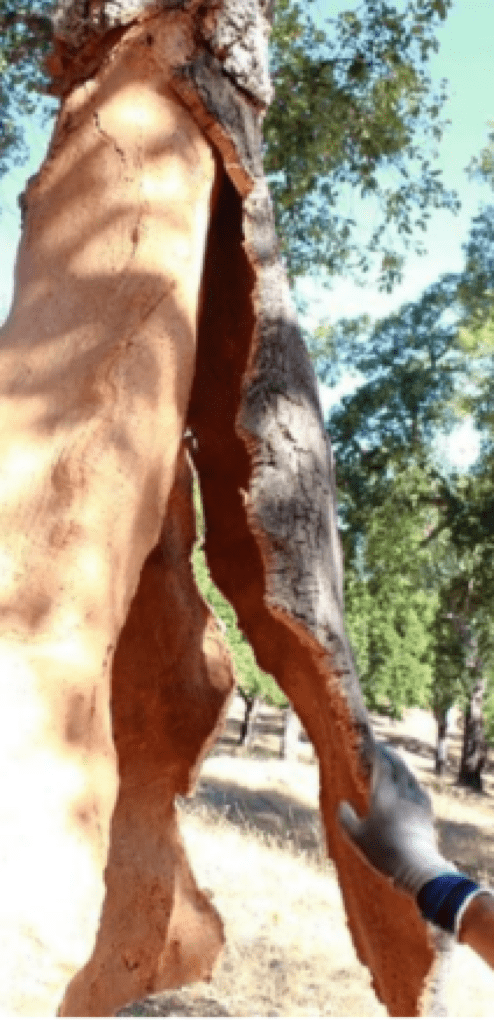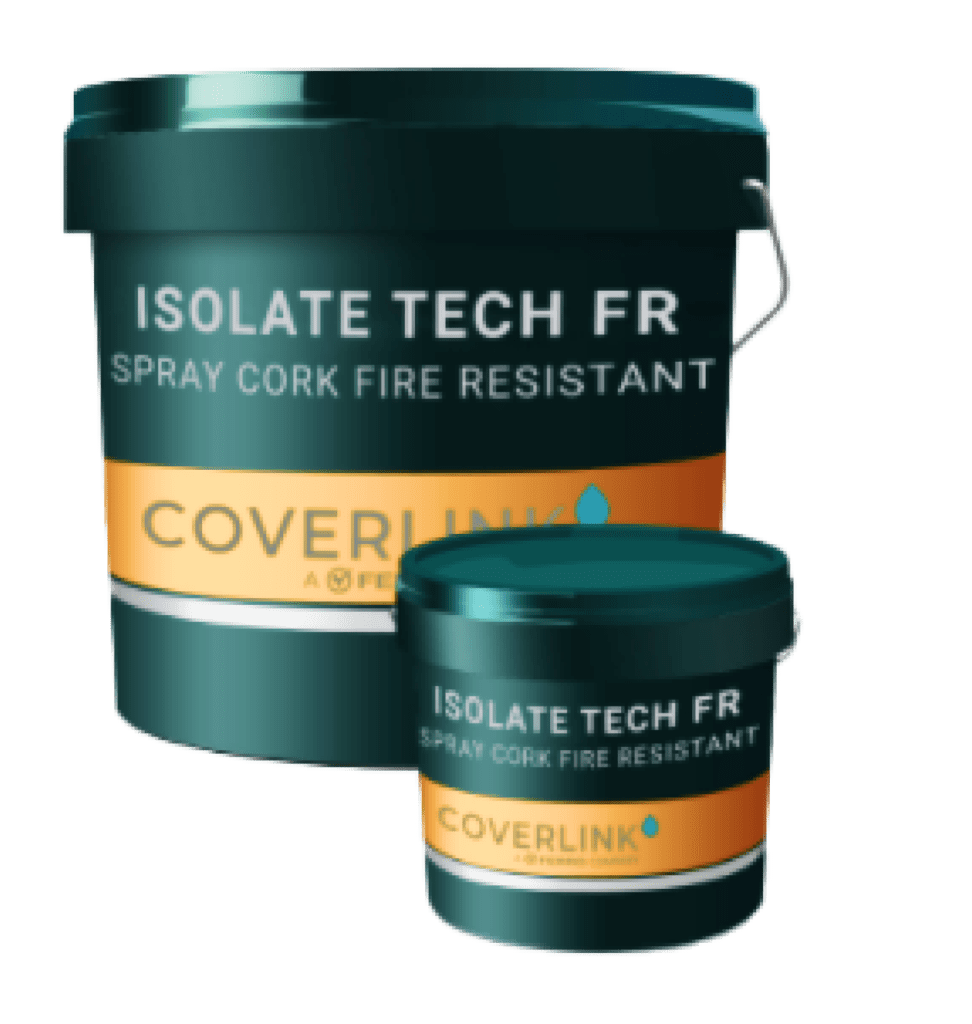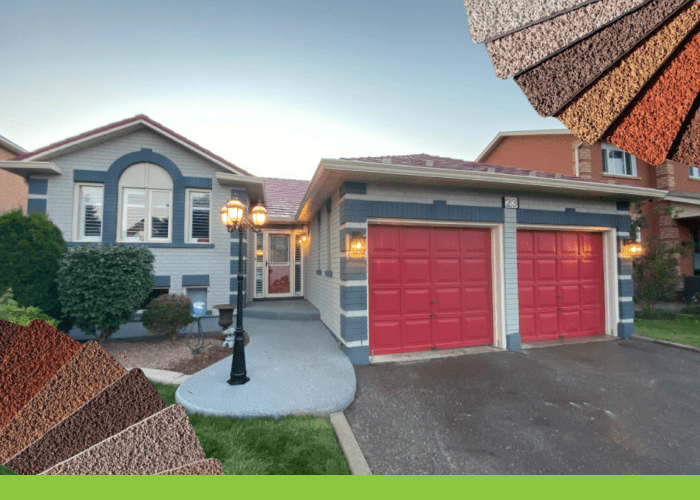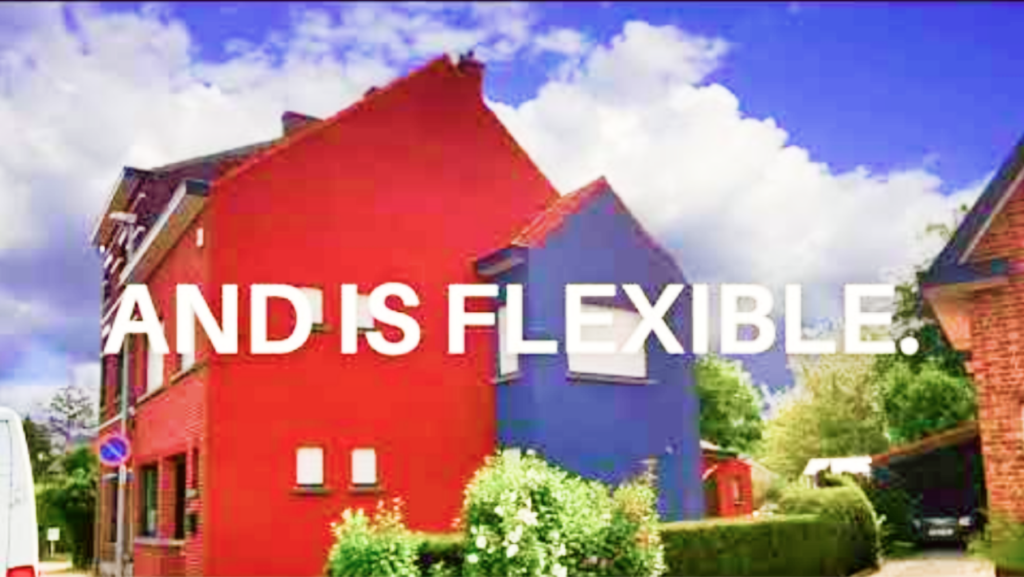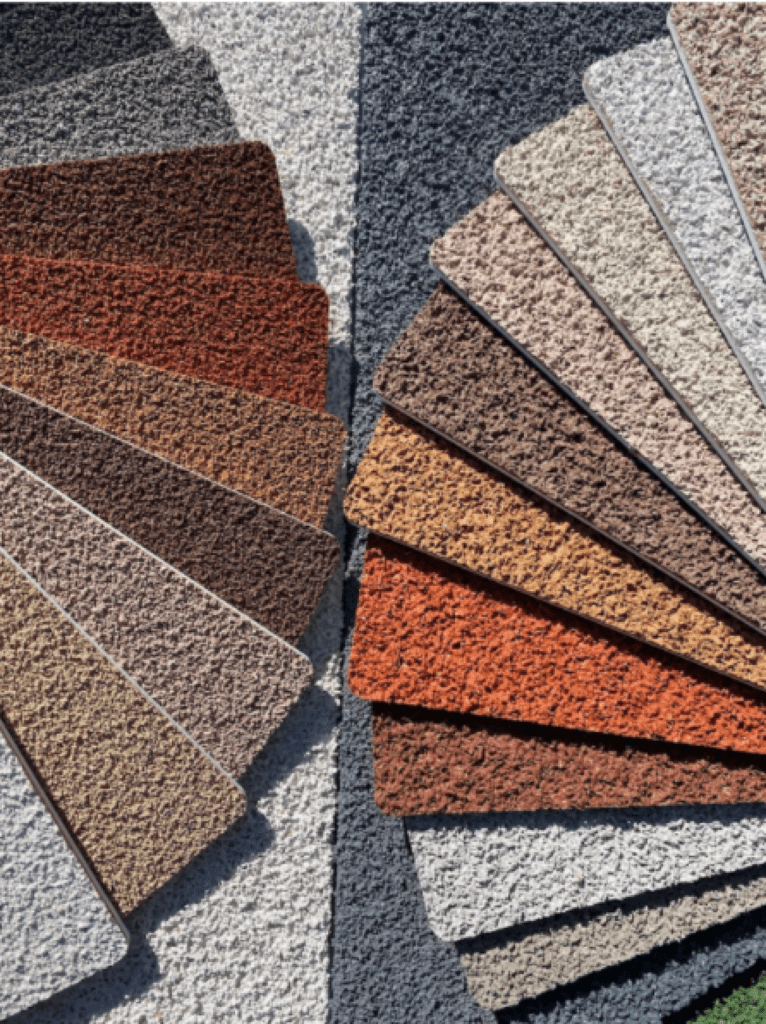[blogpage-header]
Image Source: https://en.wikipedia.org/wiki/Exterior_insulation_finishing_system
External Insulation and Finish System (EIFS) is an insulation system that is installed on the exterior
walls from outside. In EIFS the insulation layer is
continuous and allows the designers with flexibility
and aesthetics of the building while confirming to
the energy codes.
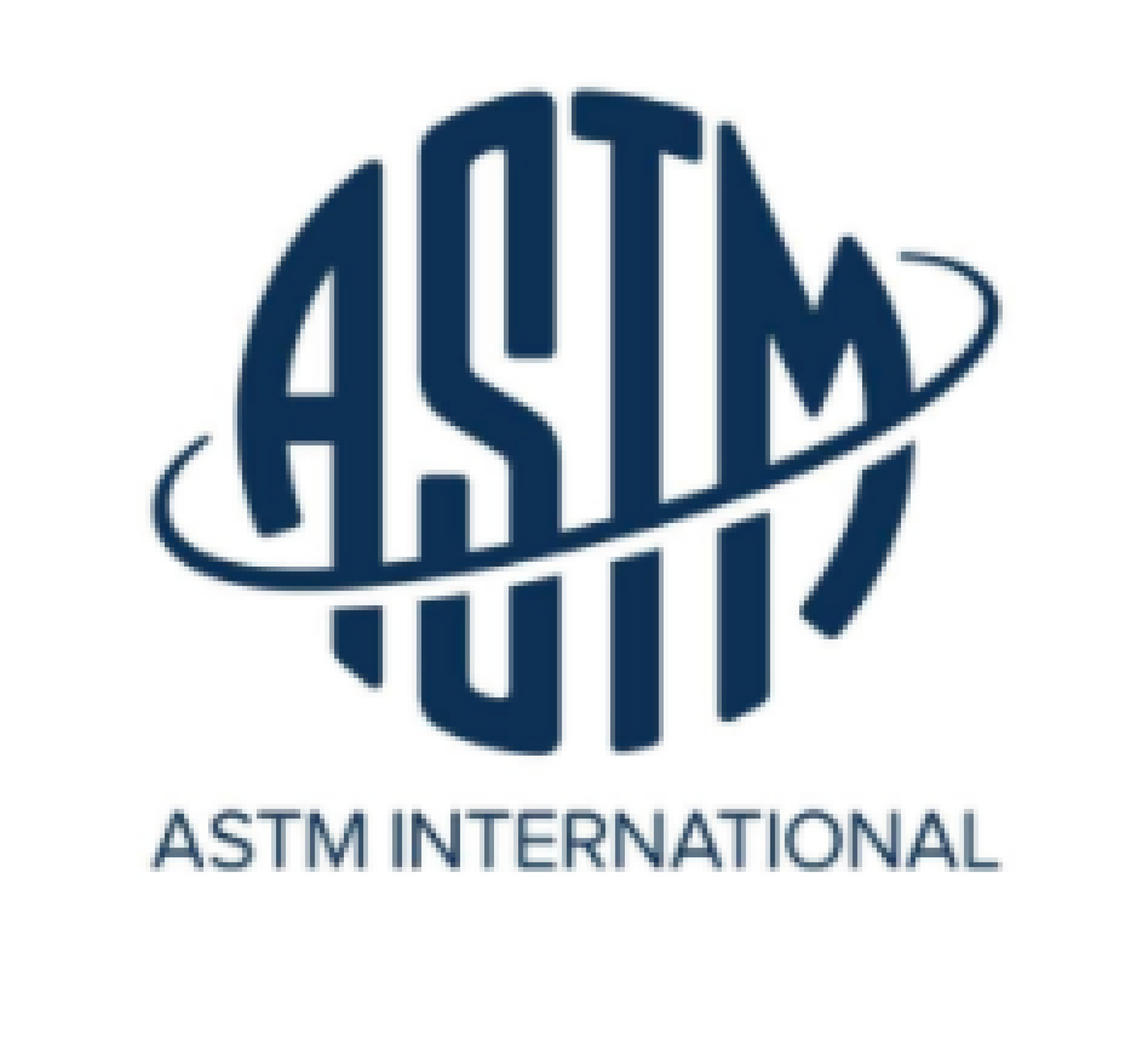
The American Society for Testing and Materials and the International
Building Code define EIFS as a
non load bearing, exterior wall
cladding system that consists of
an insulation board attached either
with mechanical fasteners and/or adhesives to the
substrate; an integrally reinforced base coat and the
final finish that is textured and protects the base
layers.
Now-a-days EIFS needs to also have a drainage plane in between the substrate and the inner wall structure. This change in the system design allows the efficient drainage of any moisture and water
before it can enter into the cavity of the wall.
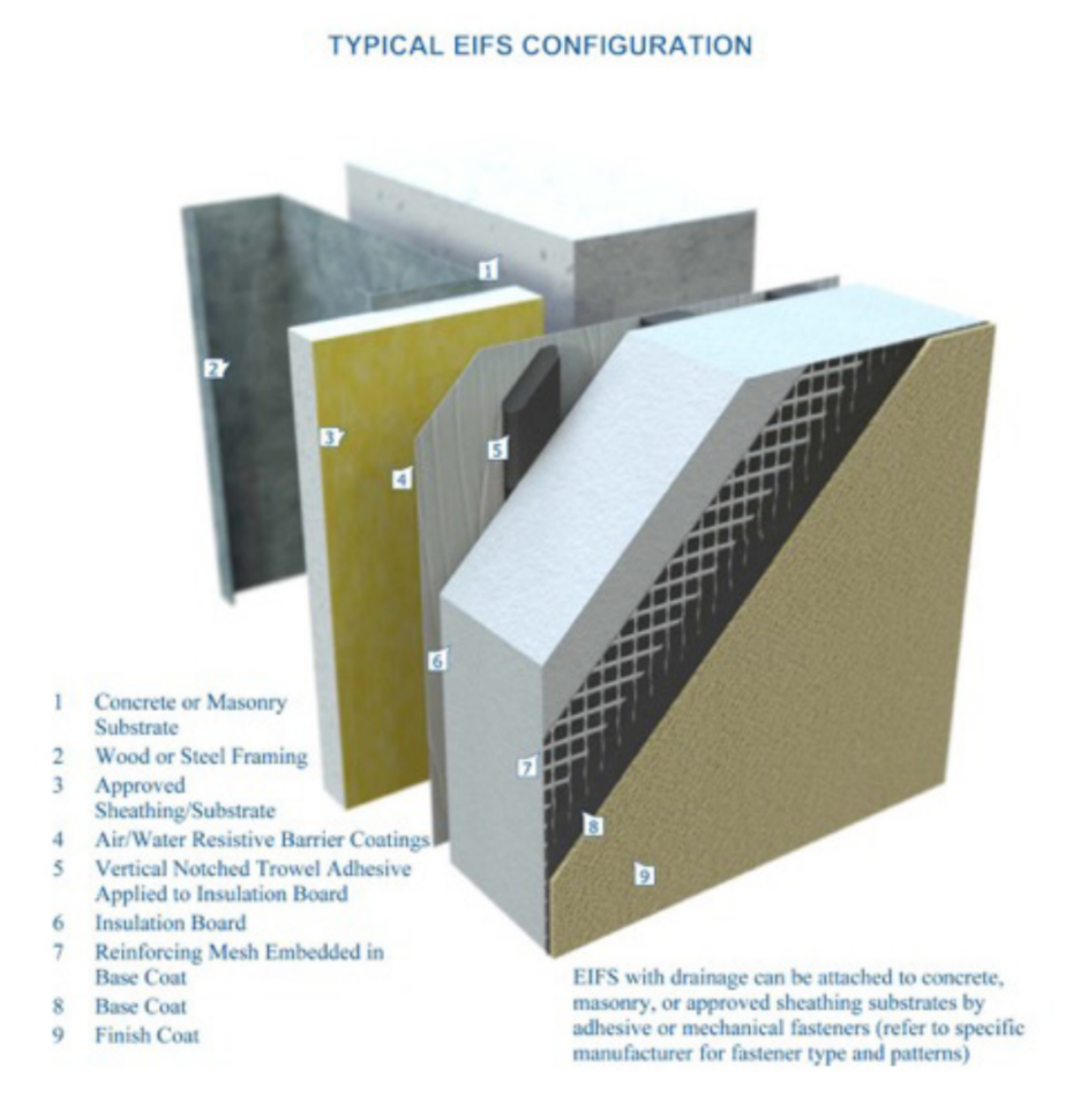
History of EIFS:
It was introduced in the United States in late 1960s
and was used on commercial buildings initially.
Subsequently it was also used on homes.
A typical EIFS consists of following components:


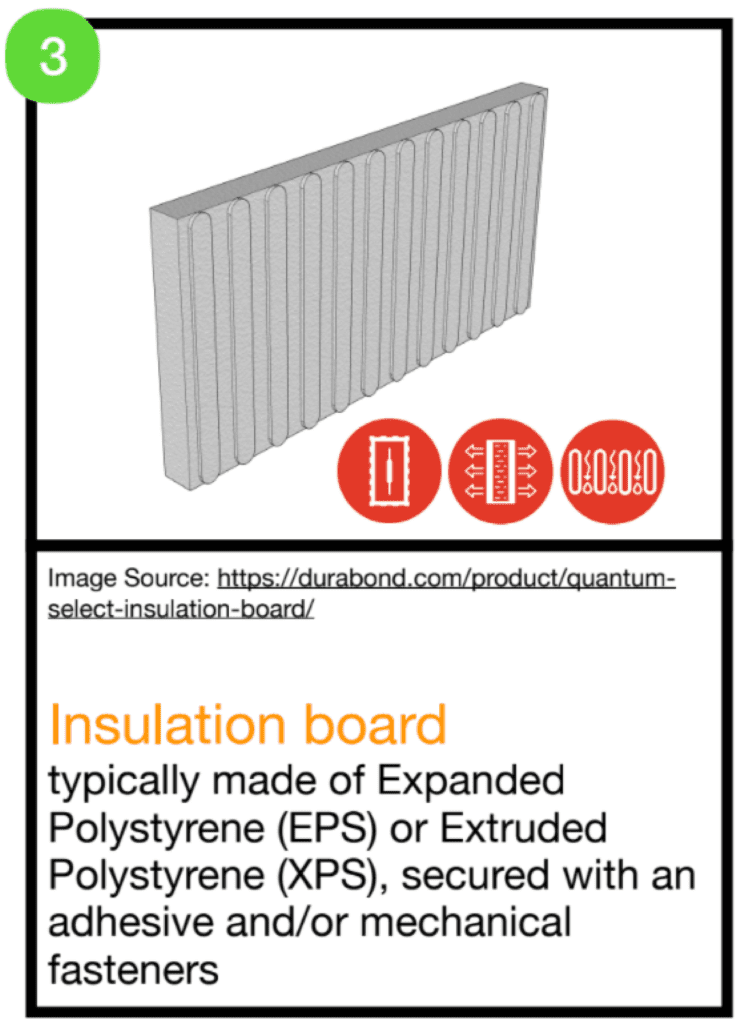
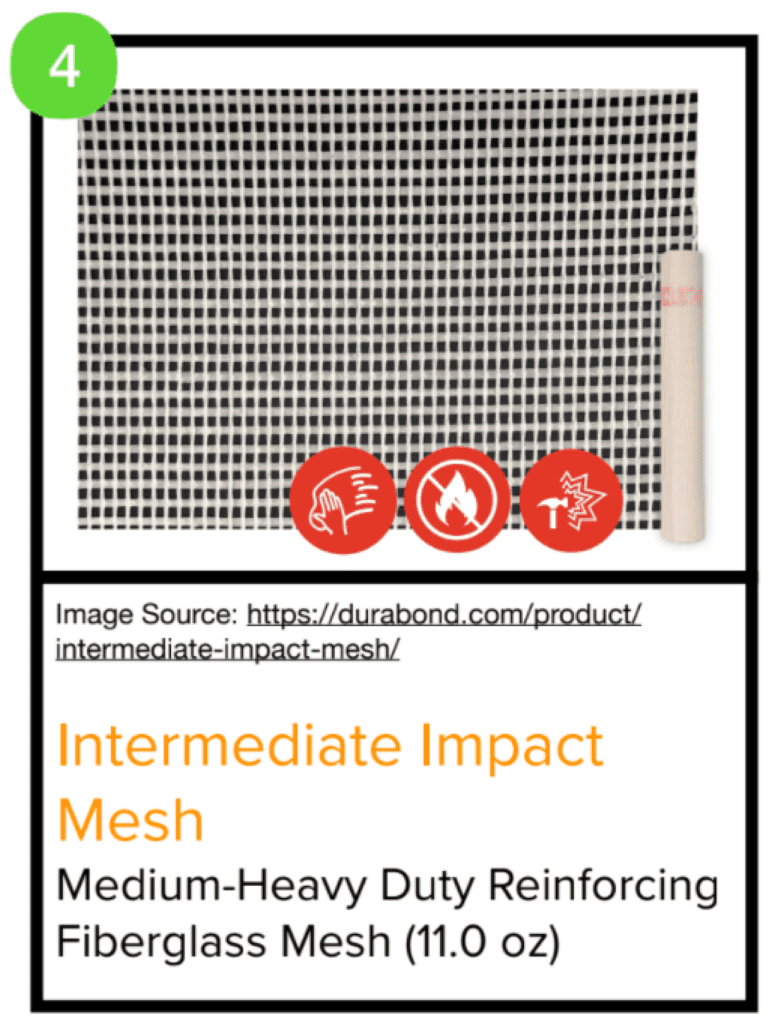
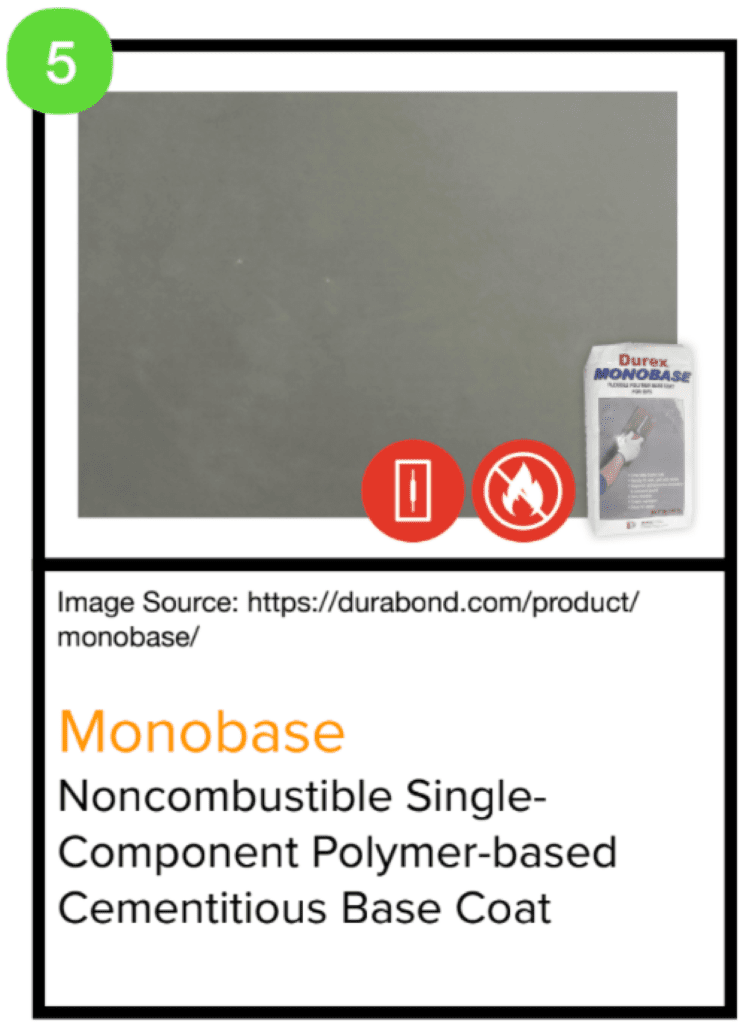
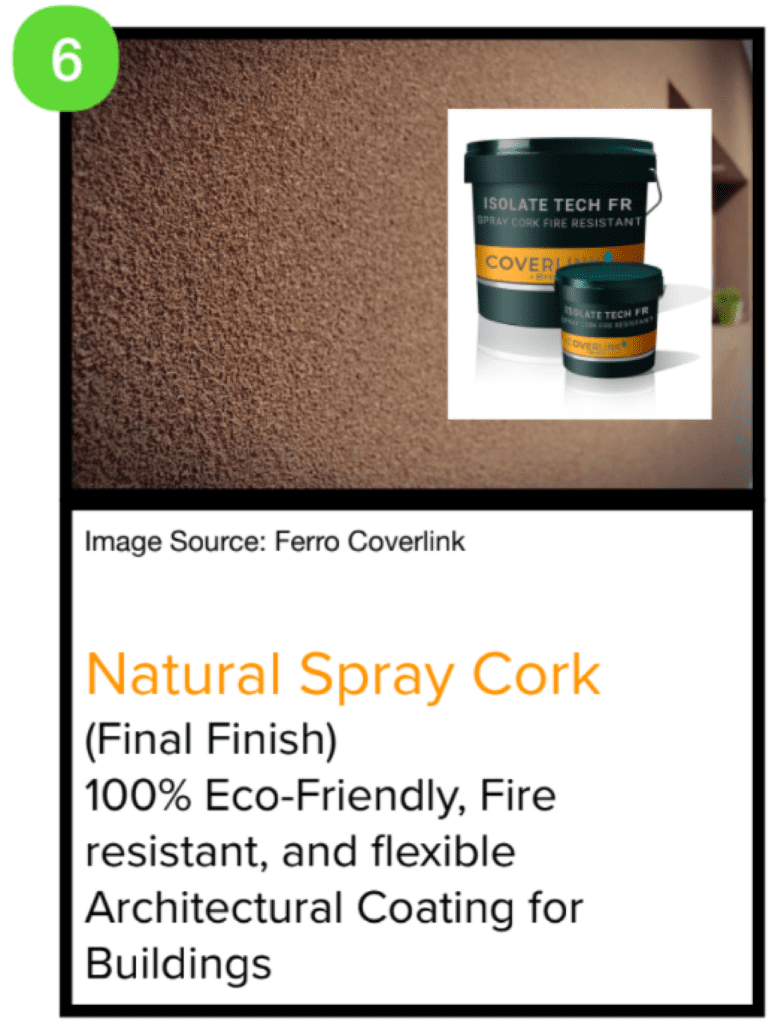
EIFS as a cladding system has been developed long
time ago hence is well researched and one of the
most tested cladding systems in the construction
industry, making it widely accepted, used and best
performing cladding systems when it come to
thermal and moisture control.
EIFS is also recognized as a system that is in full compliance with modern building with greater emphasis on energy conservation.
EIFS is also recognized as a system that is in full compliance with modern building with greater emphasis on energy conservation.
Benefits of EIFS:
With superior energy efficiency and limitless design possibilities, EIFS offers many benefits over any
other siding or cladding systems.
Energy Efficiency:
- Reduce air infiltration
- Adds R-value to the walls
- Helps reduction in heating and cooling loads in
the building - Achieve Continuous insulation
- Reduce 45% of energy use.
Durability:
- Rarely needs painting
- Maintains the original appearance for a long time
- Color is integral to the finial finish.
- Excellent resistance to dirt, mildew, and mold.
- EIFS can absorb building movements
- EIFS is also resistant to hurricane weather.
Aesthetics:
- Rich appearance
- Versatile
- Unlimited color options
- Textures
- Adapts any shape and design
- Unlimited creativity – cornices, arches, columns,
keystones, cornerstones, moldings and accents - Striking and distinctive exteriors
Moisture Resistant
Fire Resistant
No ignition at radiant heat exposure
Flame spread resistance
Problems in Top Coat / Final Finish
Needs to be applied by a trained and certified professional
Made from Portland cement – A Green House Gas intensive material
Improper installation can lead to failures
Failure to allow curing time for inner layers can be detrimental
Stucco (the final finish / Top coat) will shrink over time and crack, just like concrete.
It is porous and hence fails to keep the rain out in case of prolonged exposure to rain.
The water leakage can find its way into the wooden structure inside and cause mold and rot.
The synthetic acrylic polymer based top coats are designed to be completely waterproof and do not breathe at all, which means if the water finds its way behind the top layers, it won’t have any way to escape, unless it can weep out from the bottom of the wall.
Calls for additional attention to the windows and doors with high quality caulking and proper flashing.
Water can get trapped behind the synthetic stucco systems.
Made from Portland cement – A Green House Gas intensive material
Improper installation can lead to failures
Failure to allow curing time for inner layers can be detrimental
Stucco (the final finish / Top coat) will shrink over time and crack, just like concrete.
It is porous and hence fails to keep the rain out in case of prolonged exposure to rain.
The water leakage can find its way into the wooden structure inside and cause mold and rot.
The synthetic acrylic polymer based top coats are designed to be completely waterproof and do not breathe at all, which means if the water finds its way behind the top layers, it won’t have any way to escape, unless it can weep out from the bottom of the wall.
Calls for additional attention to the windows and doors with high quality caulking and proper flashing.
Water can get trapped behind the synthetic stucco systems.
Problems in Top Coat / Final Finish
Cork Spray confirms to all the important requirements of the exterior walls as mentioned in
the Building Codes as per the National Research
Council of Canada.
The principal requirements of an exterior wall include:
The principal requirements of an exterior wall include:
1) Control Heat Flow – Cork being naturally Heat
resistant is the best in
class material and has
unmatched Thermal
Conductivity compared to
Stucco or any other siding
material.
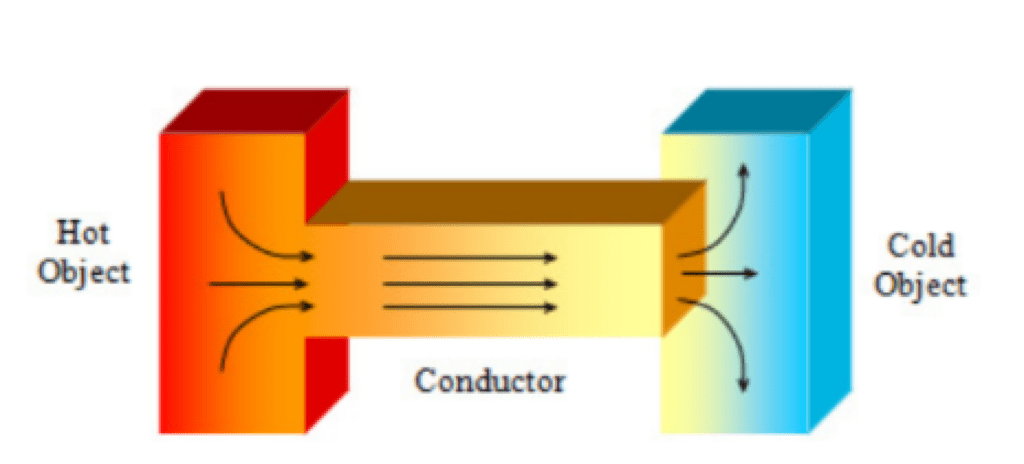
2) Control air flow – Cork Spray does not promote
any flow of air from outside towards the inside of
the house. Stucco on the other hand is highly
porous and can allow greater degree of air flow
compared to Cork Spray
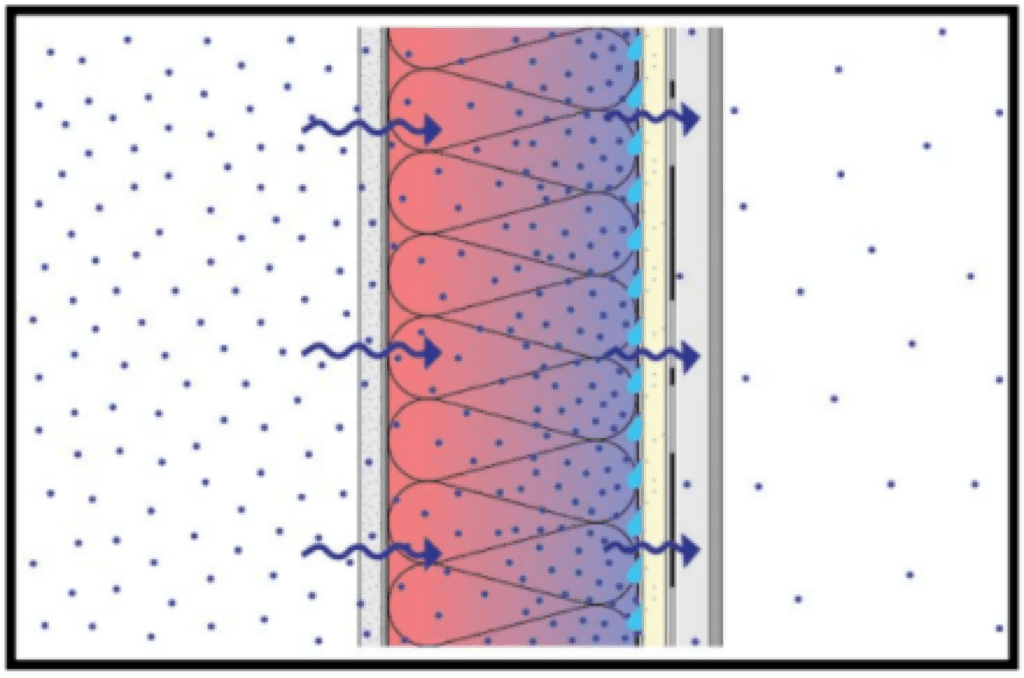
3) Control water vapour flow – One of the most important properties /
features of Cork Spray is
the breathability. Cork
Spray allows the water
vapour to escape through
the coating, however it
does not allow and vapour
to penetrate through the coating from outside to
inside.
4) Control Rain penetration – Cork Spray is the only
architectural finish that is
completely waterproof on
walls. It does not allow any
seepage of water into the
wall from outside.
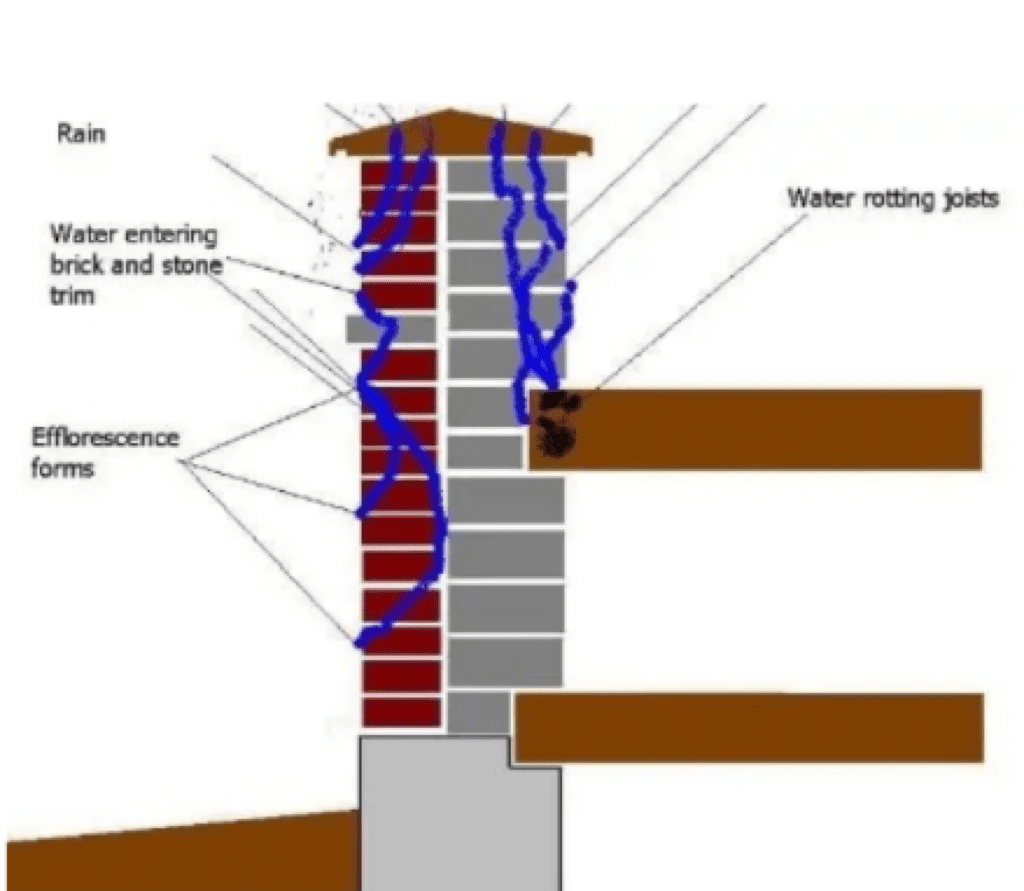
5) Control light, solar and other radiation – With a very high resistance to UV
and solar radiation Cork Spray offers a great solutions to the common fading
problems that can be found in the stucco.
and solar radiation Cork Spray offers a great solutions to the common fading
problems that can be found in the stucco.

6) Control noise – Another most exemplary feature of Cork Spray is its acoustic insulation property. Using Cork Spray on the walls can reduce the sound reflections, absorption and transmission.
7) Control Fire – The most
important property of Cork Spray is its ability to withstand direct
flame and is not combustible.
Cork Spray made by Coverlink
offers a Euroclass B
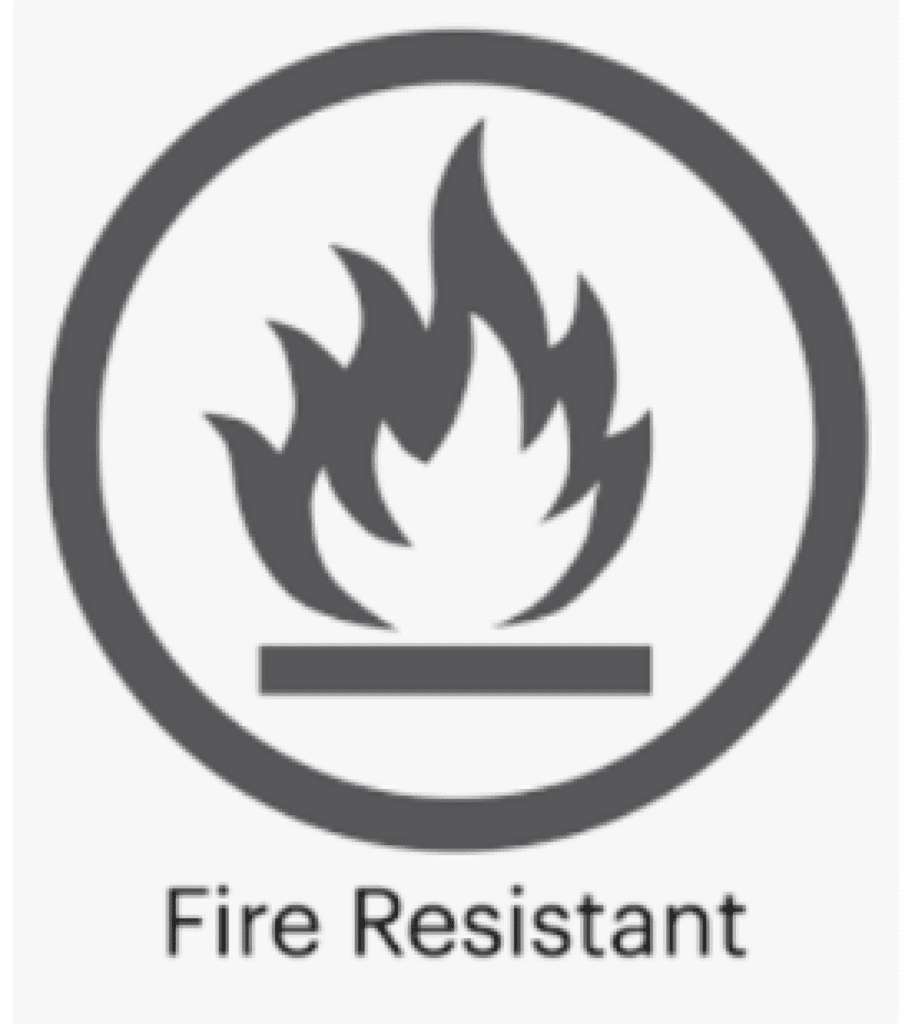

8) Provide strength and
rigidity – Strength and
rigidity of a wall depends
on the performance of the
outermost layer of the
facade. If the top coat of
the facade cannot withstand any one of the
natural forces as expected
then it can compromise the overall strength of the walls. Cork Spray being infinitely versatile
and having capabilities to endure harsh
conditions (in many cases much better than
stucco) is the choice of engineers and building
professionals due to its tenacity.
9) Be durable – Cork Spray is at least twice as
durable as the stucco. Currently Coverlink’s
Cork spray offers 10 years warranty, however
soon the warranty will be bumped up by additional 5 more years.
10) Be aesthetically pleasing – Aesthetics play an important role in the final finish of the building. Cork Spray being able to withstand all the forces of nature much better than stucco will as a result offer a long lease to the aesthetics of your building. It also comes in choice of many colours and the options are unlimited.
10) Be aesthetically pleasing – Aesthetics play an important role in the final finish of the building. Cork Spray being able to withstand all the forces of nature much better than stucco will as a result offer a long lease to the aesthetics of your building. It also comes in choice of many colours and the options are unlimited.
11) Be economical – When it comes
to economics of a material it is
important to square up all the benefits offered by the material, its
life, its rigidity and durability. Cork
Spray as a result of its properties works out to be an excellent choice for its cost.
When compared to stucco, Cork Spray is at par
and when compared to other popular siding
materials, it can even be less expensive.

One of the important features offered by Cork Spray
is its resistance to Salt penetration. This property is not required by the Building Codes for exterior
walls, however it is important to note that all the
popular siding materials including stucco are less
resistant to salt than Spray Cork.
[featured-blog]
Subscribe to our newsletter
[email-shortcode]
